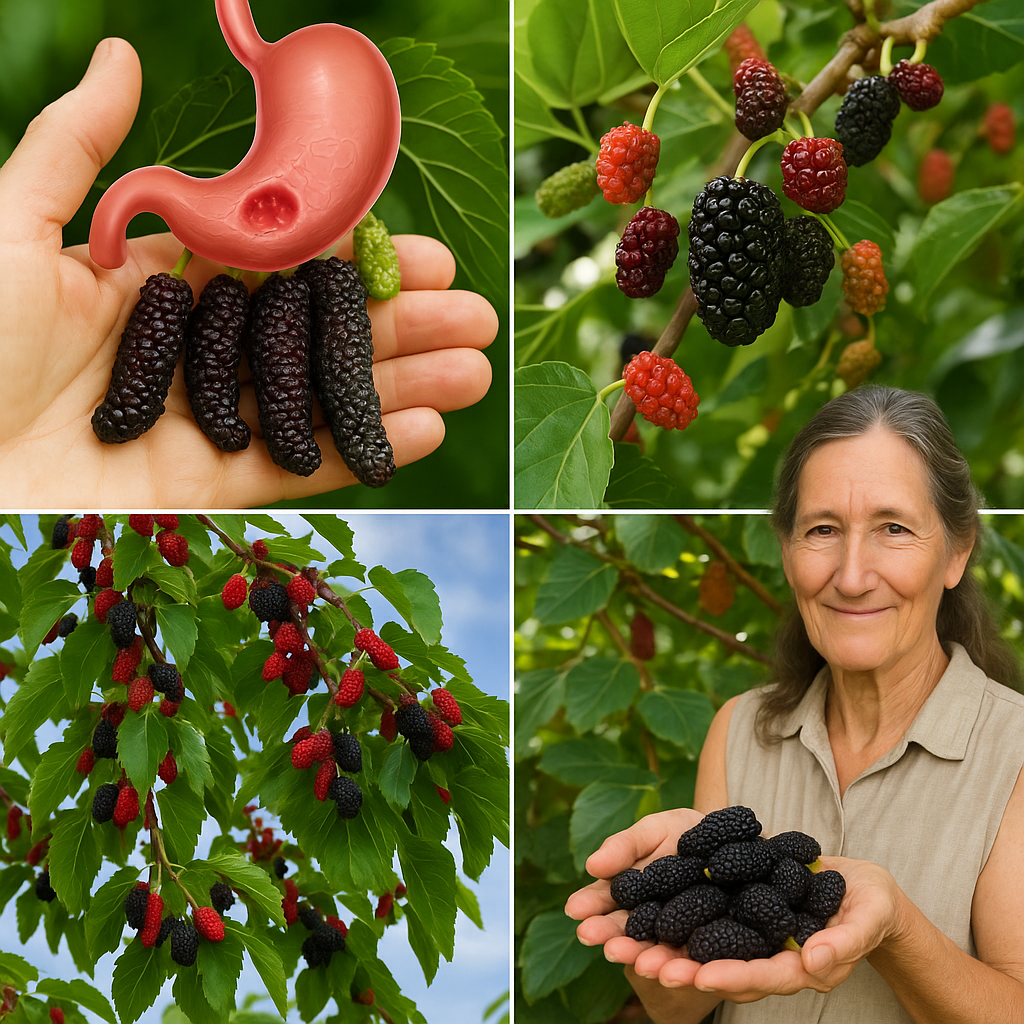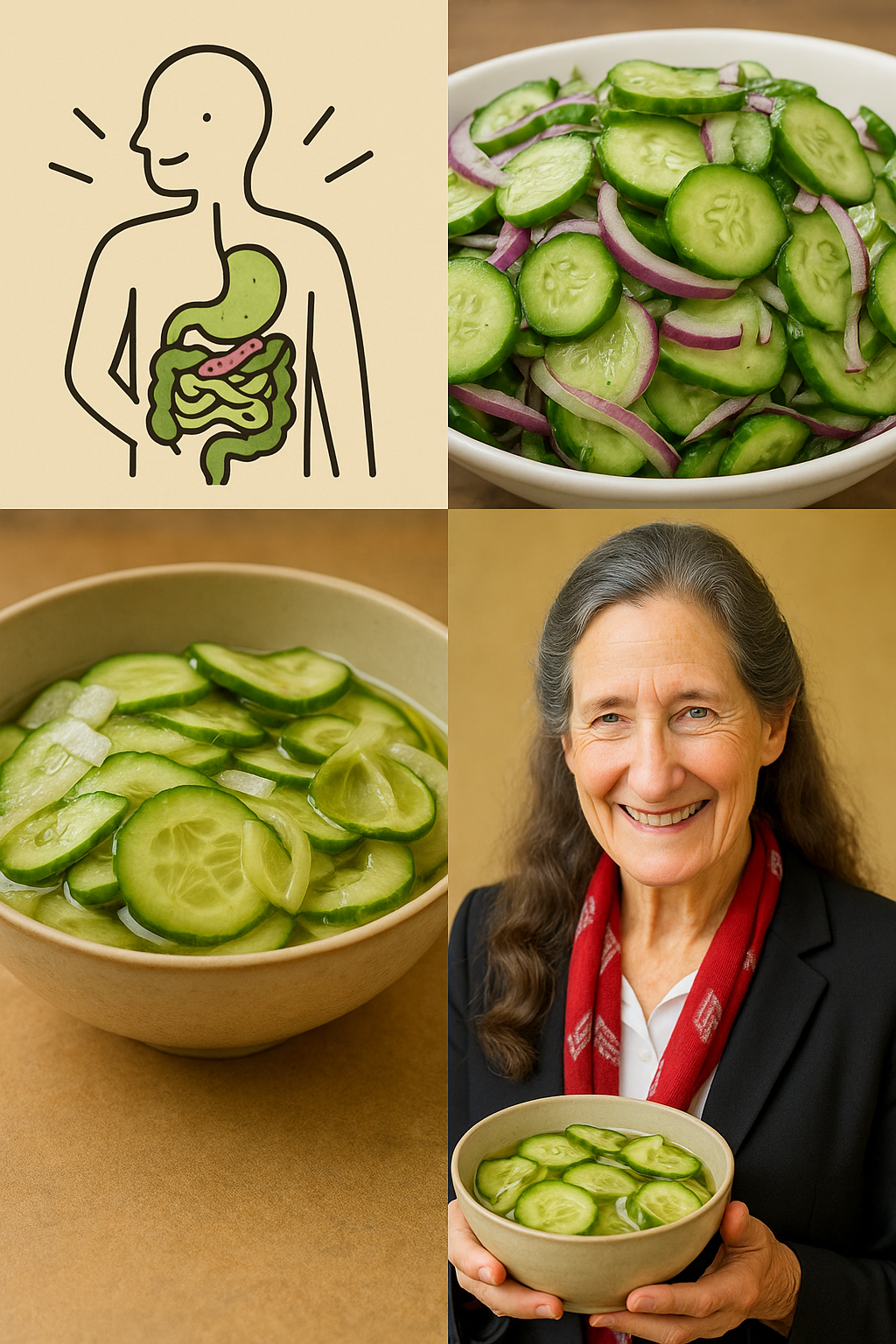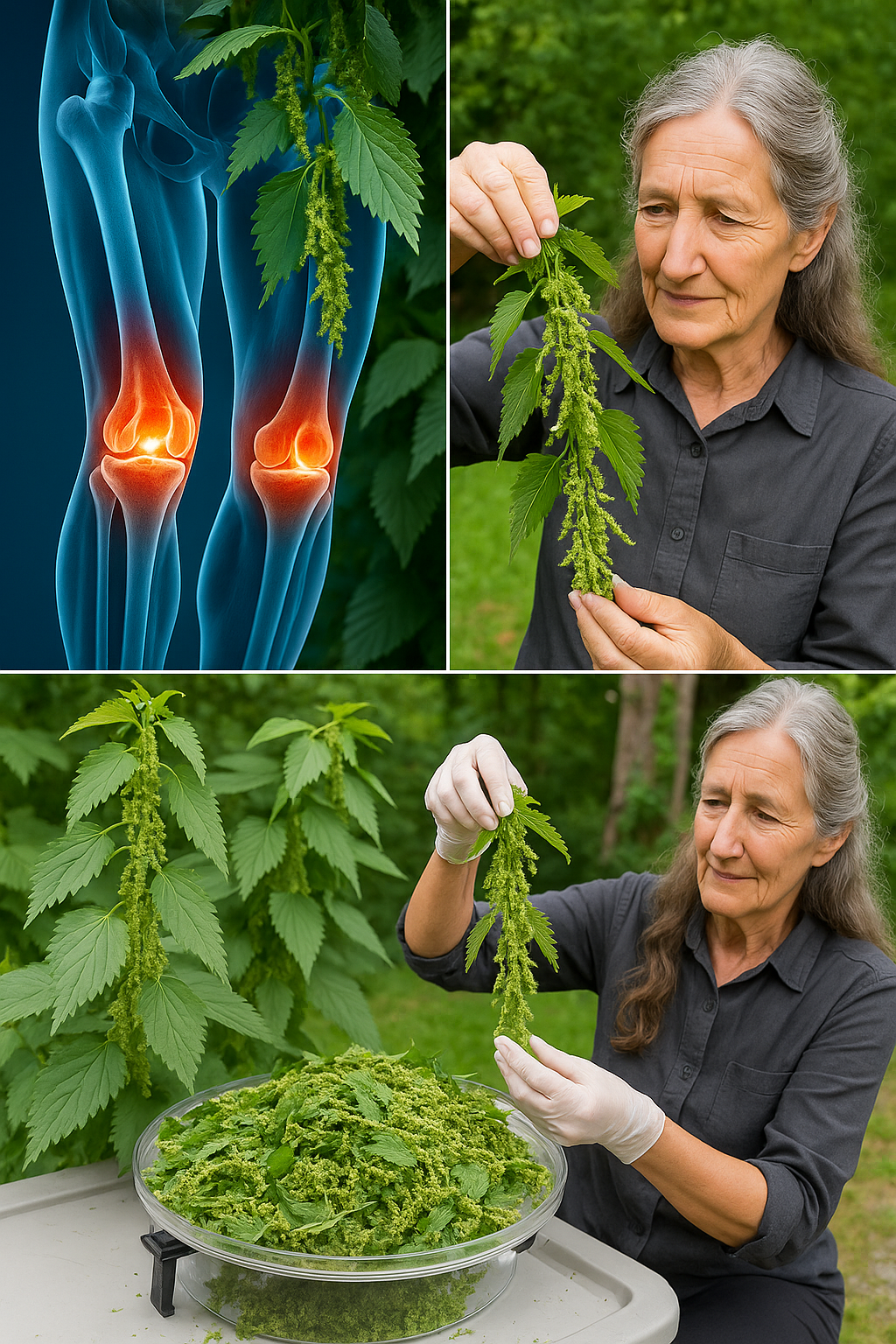In the quiet rhythm of rural life, where every inch of land holds potential and every plant has purpose, there stands one tree that quietly does it all. It doesn’t scream for attention, but its benefits speak volumes. Meet the Mulberry Tree — a natural wonder that every small farmer and homesteader should consider planting. It’s not just a source of fruit. It’s a living shelter, a natural medicine chest, and a silent protector for both people and livestock.
If you’ve overlooked the mulberry, it’s time to discover why this tree might be the smartest addition to your land.

🌞 A Living Umbrella Against Nature’s Harshness
Ask any farmer and they’ll tell you: the elements are relentless. Blazing sun, gusting winds, sudden downpours — they come without warning, and they can wear down both humans and animals. That’s where the mulberry tree becomes indispensable.
Its dense canopy and broad leaves offer cool, calming shade on the hottest days, protecting farm workers, animals, and delicate crops from scorching sunlight. When the wind howls or rains descend in sheets, the mulberry’s sturdy frame becomes a shield — reducing wind damage, controlling erosion, and creating a microclimate that helps everything underneath it thrive.
Whether it’s a midday rest under its leafy cover or a haven for livestock during a storm, the mulberry stands like a green guardian, unyielding and dependable.
🌿 A Tree with a Pharmacy Inside
Beyond its sheltering qualities, the mulberry is deeply respected in traditional medicine systems across Asia, Europe, and Latin America. Nearly every part of the tree — leaves, bark, roots, and fruit — is packed with natural compounds that support human health.
The leaves are rich in antioxidants, vitamins, and compounds that may help support blood sugar balance and circulation. Some herbalists even dry and brew them into teas believed to aid in digestion and strengthen immunity.
The fruits — sweet, juicy, and bursting with flavor — are not only delicious but packed with vitamin C, iron, and resveratrol, a compound often associated with heart and brain health. Eaten fresh, dried, or made into jams, they bring both nourishment and pleasure.
Even the bark and roots have their place in traditional remedies, sometimes used to soothe respiratory discomfort or support detoxification processes. In short, the mulberry isn’t just a shade tree — it’s a silent healer growing right in your backyard.
🐄 A Blessing for Livestock and Soil
It’s not just people who benefit from this mighty tree.
Farm animals love the nutrient-rich leaves, which can be fed to goats, rabbits, chickens, and cows as a supplementary forage. Mulberry leaves are high in protein, making them an excellent natural feed, especially during dry seasons when grass is scarce.
Meanwhile, its deep root system helps stabilize the soil and improve structure, preventing erosion on sloped land. Its leaf litter enriches the earth, feeding the microbiome below the surface and supporting other crops around it.
The mulberry becomes a quiet partner in your ecosystem — nourishing animals, healing the land, and supporting long-term sustainability.
🌱 A Champion of Self-Sufficiency
In an age where self-reliance is more valuable than ever, the mulberry stands out as a multipurpose ally. Once established, it requires minimal care. It thrives in a variety of soils, adapts to different climates, and begins producing benefits — shade, food, medicine — within a few short years.
This is not a high-maintenance ornamental. It’s a functional companion that keeps giving without asking much in return. And because it supports multiple aspects of farm life — from animal welfare to food production and health support — it plays a key role in reducing dependence on external inputs.
👨🌾 Why Every Farmer Should Consider Planting One
There are trees for timber. There are trees for fruit. And then there are trees like the mulberry — that do it all.
For the farmer who wants to protect crops, nourish livestock, feed their family, and stay healthy, this humble tree quietly checks every box. It won’t make headlines, but it will make your farm stronger, more balanced, and more resilient.
And perhaps most importantly, it creates an environment of harmony — where nature and agriculture blend, and where healing, shade, and sustenance grow on the same branch.

🍇 Getting Started with Mulberry
If you’re ready to bring the mulberry onto your land, here are a few tips to begin:
- Choose your variety: There are several types, including white, red, and black mulberries. Each has its own flavor and climate preferences.
- Plant in full sun: Though hardy, mulberries thrive best with plenty of light.
- Water regularly at first: Once established, they’re quite drought-tolerant.
- Prune for shape and size: Keep the canopy manageable, especially if using it for shade in animal pens or garden areas.
📌 A Tree of Quiet Power
In a world chasing speed, yield, and synthetic solutions, the mulberry invites us to slow down, observe, and return to what truly matters: nourishment, protection, and sustainability. It asks for little and gives back more than most plants ever could.
Whether you farm one acre or one hundred, planting a mulberry is not just a choice — it’s a legacy.
One tree. A thousand gifts.
That’s the quiet promise of the mulberry.


